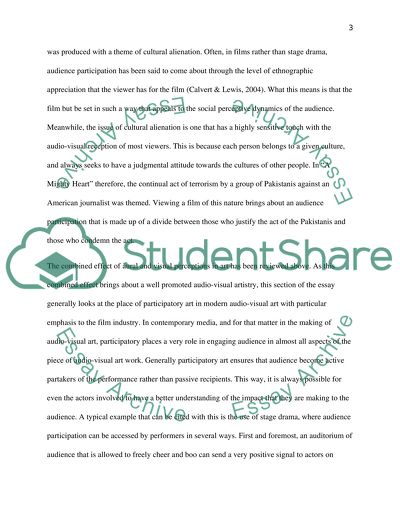Cite this document
(“Sound and Vision- interaction b/w artist and audience Essay”, n.d.)
Retrieved from https://studentshare.org/visual-arts-film-studies/1493183-sound-and-vision-interaction-b-w-artist-and
Retrieved from https://studentshare.org/visual-arts-film-studies/1493183-sound-and-vision-interaction-b-w-artist-and
(Sound and Vision- Interaction b/W Artist and Audience Essay)
https://studentshare.org/visual-arts-film-studies/1493183-sound-and-vision-interaction-b-w-artist-and.
https://studentshare.org/visual-arts-film-studies/1493183-sound-and-vision-interaction-b-w-artist-and.
“Sound and Vision- Interaction b/W Artist and Audience Essay”, n.d. https://studentshare.org/visual-arts-film-studies/1493183-sound-and-vision-interaction-b-w-artist-and.


